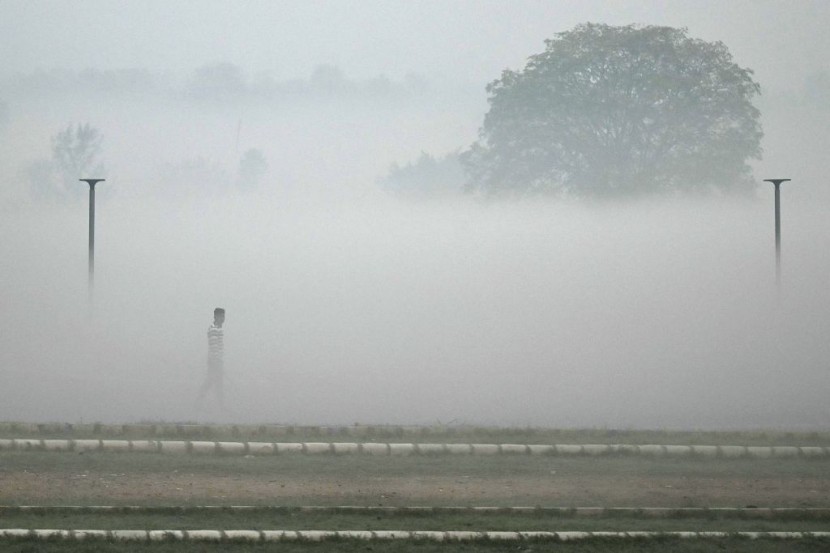Three Indian cities have become part of the 10 most polluted areas in the world after two regions in the South Asian country joined New Delhi following Diwali festival celebrations.
In the capital, the air quality index (AQI) was recorded at a figure of 407, which put New Delhi in the "hazardous" category. Mumbai, India's financial capital, came sixth with an AQI of 157 while Kolkata, which is located in the east, was ranked seventh with an AQI of 154.
India's Air Pollution Crisis

Having an AQI level of 400 to 500 means that the conditions could affect people's health and is a range that is considered to be dangerous to individuals who have existing diseases. On the other hand, a range of 150 to 200 AQI can cause discomfort to people who have asthma, lung, and heart problems. AQI levels of zero to 50 are considered to be good.
Since Sunday night, residents from New Delhi have had a thick layer of smog circulating in the region that sent its AQI to an alarming 680 shortly after midnight. Annually, Indian authorities ban firecrackers in the capital but these restrictions have rarely been enforced, as per Reuters.
In a post on X, formerly known as Twitter, Indian lawmaker Saket Gokhale asked local law enforcement personnel for details regarding cases where people used firecrackers and the action that was taken against the people who were responsible.
The spokesperson for the New Delhi police did not answer several calls asking for comment regarding the situation. Every year, the air quality in northern India is expected to deteriorate ahead of winter. At this time, cold air traps pollutants from vehicles, industry, construction, dust, and agricultural waste burning.
Authorities from the Indian capital also postponed a previous decision to restrict the use of vehicles after a short burst of rain on Friday that brought some respite following a week of toxic air. The local government said that it plans to maintain the ban on construction activities and keep schools closed to protect the health of residents, according to Aljazeera.
Over the past week, children have struggled to breathe the polluted air, forcing them to flood hospital emergency departments. The daily concentration of fine particles less than 2.5 micrometers in diameter (PM2.5) in New Delhi remained above 200 micrograms per cubic meter.
Toxic Air Conditions
The particles are known to enter people's bloodstream and cause poor health. This was the conditions between Nov. 3 and Nov. 9. The World Health Organization (WHO) also has guidelines that recommend concentrations to stay below an average of 15 micrograms per cubic meter over 24 hours.
An atmospheric chemist at the Indian Institute of Science Education and Research Mohali, Vinayak Sinha, said that every year it was the same situation. Sinha noted that atmospheric conditions after the monsoon exacerbate air pollution in the region.
A policy researcher at the Council on Energy Environment and Water in the Indian capital, Karthik Ganesan, said that despite expected pollution this time of year, the current conditions came as a surprise.
This is primarily because the amount of crop waste that was burnt in the neighboring Punjab region was lower than usual this year. This caused some people to expect a milder increase in pollution, said Nature.
Related Article: Spain Faces Protests After Vehement Opposition Over PM Pedro Sanchez's Amnesty Plan
© 2026 HNGN, All rights reserved. Do not reproduce without permission.








